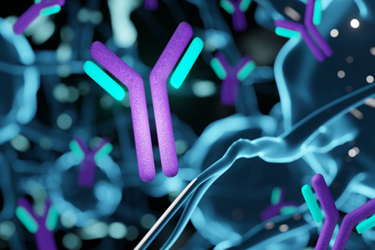The Versatility Of ThioBridge™ Site-Specific Conjugation Technologies

The drug conjugate field is evolving beyond traditional Antibody-Drug Conjugates (ADCs) to include bispecific ADCs, dual-payload ADCs, antibody-oligonucleotide conjugates (AOCs), and radioconjugates (RDCs), all under clinical development for oncology.
While most approved ADCs use random lysine or cysteine conjugation, newer approaches favor site-specific technologies that enable stable linkers and uniform drug-to-antibody ratios (DAR). Methods that use native antibodies are especially attractive, as they bypass antibody engineering and leverage existing manufacturing infrastructure. Versatile technologies that allow DAR and payload optimization are also valuable in early-stage discovery.
One of the few methods enabling homogeneous payload loading on native antibodies is cysteine re-bridging. This two-step process first reduces interchain disulfides to release sulfhydryl groups, then uses a bifunctional electrophile to re-bridge them, attaching one linker — and thus one payload — per disulfide. This yields highly uniform DARs, as demonstrated by hydrophobic interaction chromatography (HIC). Abzena’s ThioBridge™ is a leading example of this technology.
Get unlimited access to:
Enter your credentials below to log in. Not yet a member of Outsourced Pharma? Subscribe today.
